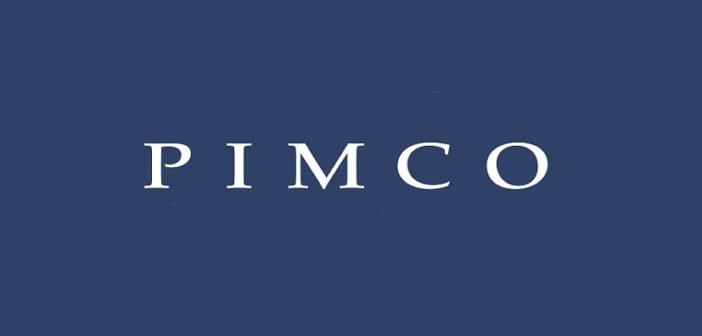
By Kimberley Stafford, Tomoya Masanao, Robert Mead, Stephen Chang
At PIMCO, we think it’s only a matter of time before global fixed income investors own more Chinese assets, particularly given the prospect of benchmark inclusion into several major global indexes and greater accessibility for the onshore Chinese bond market. In the following interview, Kimberley Stafford, Tomoya Masanao, Robert Mead and Stephen Chang discuss why we see Chinese bonds as an increasingly important element in global investment portfolios and how we are assisting our clients globally to access this opportunity.
Q: Why are investors showing increasing interest in China’s onshore bond markets?
Kimberley Stafford: Valued at roughly $12 trillion (U.S.), China’s bond market is the world’s third-largest after the U.S. and Japan, representing over 10% of the global bond market. While offshore Chinese markets and onshore equity markets have long been accessible to global investors, lack of access has limited foreign investor ownership of the onshore bond market to a relatively low 3%-4%. But this is changing.
The onshore China bond markets, particularly the China interbank bond market (CIBM), are becoming increasingly accessible to global investors. We believe that the inclusion of onshore China bonds into emerging market (EM) and global bond indexes will increase strategic allocations.
Last year, Bloomberg Barclays and Citigroup added China into a few bespoke indexes and new subindexes, acknowledging the progress that China has made toward making its bond market more accessible. However, most investors have been focusing on inclusion into three flagship indexes: JPMorgan Government Bond Index-Emerging Markets (GBI-EM) Global Diversified; Citi World Government Bond Index (WGBI); and Bloomberg Barclays Global Aggregate Index. We expect the inclusion of China in these major indexes over the next one to four years, driving around $250-$300 billion in passive flows alone into the onshore markets.
China has long been an important element in PIMCO’s global macro analysis and long-term opportunity set. As momentum has grown around index inclusion, we have been carefully assessing the risks and implications as we look to facilitate a broader range of our EM and global client portfolios to access this opportunity set.
Q: What avenues are available to global investors seeking access to China’s markets?
Stafford: CIBM Direct (launched in 2016) and Bond Connect (launched in 2017) are relatively new programs where foreign investors can purchase onshore China bonds without quota restrictions and repatriation limits. We continue to assess their relative efficiencies and risks (see table below), and anticipate that further refinements will be made by Bond Connect.
As one of the earliest entrants among global asset managers, PIMCO has been investing in the onshore China bond market via the Qualified Foreign Institutional Investor (QFII) program since 2014 and CIBM Direct since 2017. From our experience, setting up a local account and appointing an onshore bond settlement agent can be an onerous process for many global investors. As a result, PIMCO is proactively working with clients and custodians to prepare as early as possible, before index inclusion…Click here to read full viewpoint.






